As an itchy-fingered, impatient gardener who can barely contain my excitement at the mere sniff of spring, here, for the particular delectation of all procrastinators, is a guide to what not to do in your garden this week. Yes, you read that correctly – a timely little shortlist of what not to do, ideally to be read indoors from the comfort of a cosy armchair and with a nice glass of whatever you fancy. Enjoy.
- Despite the stretch in the evenings, don’t be bamboozled into thinking that the worst of winter has passed and that it’s now time to start sowing outdoors. This is Ireland, after all, a small, wet, cool, windy country where temperatures can fluctuate by as much as 30 degrees over the course of just one day, and snow is still technically possible in May. Even if you can guarantee young seedlings a bright frost-free berth under cover over the coming months, it’s still a little too early to sow seed of many kinds of vegetables and flowers, not only in terms of temperature but also sufficient light levels. Instead, hold off until the second half of the month/March and they’ll be stronger, healthier and less inclined to legginess. For exceptions to this rule, see my column, Sow and grow in January: 10 jobs for the kitchen gardener.
- Beware the dangerously intoxicating delights of late night online shopping for seeds and tubers, especially if you’re the kind of insomniac gardener who whiles away the small hours by spontaneously ordering this year’s “must-have” varieties from faraway suppliers. Instead, try to stick to a realistic shortlist and use Irish suppliers, bearing in mind your garden or allotment’s available growing space and growing conditions. Remember also that you can cut costs considerably by pooling orders with fellow gardeners.
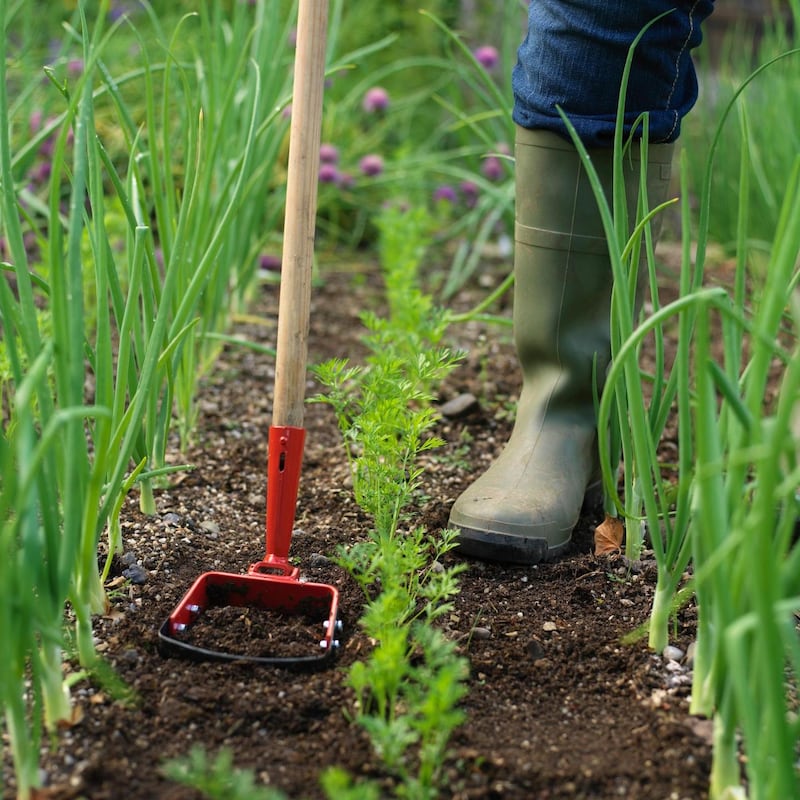
- Be careful with that hoe. Hoeing a flower or vegetable bed in the middle of summer when plants are clearly visible is an entirely different thing to hoeing in the dregs of winter, when many herbaceous and bulbous plants are still hidden below ground. Unless you’ve clearly labelled every single plant (unlikely and unlovely), there’s a very good chance that you’ll accidentally, but violently, behead at least some of your favourites without knowing. There’s also a good chance that you’ll behead the young self-sown seedlings of those same plants. Ah, the guilt, the frustration, the remorse, all of which I’ve experienced first-hand. So, save yourself a lot of heartbreak by sticking to hand-weeding until at least the end of the month.
- Nothing looks more forlorn than a mucky, trampled lawn so try to stay off it for the next few weeks. This is because grass, even though we strangely often choose to forget the fact, is a plant like any other. Trudging regularly across it or wheeling a heavy barrow over it in late winter is very likely to cause soil compaction and create problems with drainage, leading to damage and poor patchy growth. If we get a decent spell of mild, dry, breezy weather in the coming weeks, it’s fine to give it a light cut but only if the soil has had a chance to dry out. Also, raise the lawnmower blades to their highest to allow plants to adjust once again to a cutting regime.
- However... if you do get the opportunity to lightly mow your lawn in the coming weeks, don’t make the painful mistake of accidentally mowing down or trampling on any late winter and spring flowering bulbs, beginning to poke their heads above ground. Instead, check carefully for any hidden treasures beginning to appear.
- Speaking of the ground, organic mulches are wonderful for soil health and resilience, as well as for suppressing weed growth and helping plants to withstand frost and drought, but not applied at this time of year on frozen or sodden heavy ground where they’ll only lock in icy temperatures. Instead, allow cold, wet soil a chance to dry out and warm up a little before mulching in March.
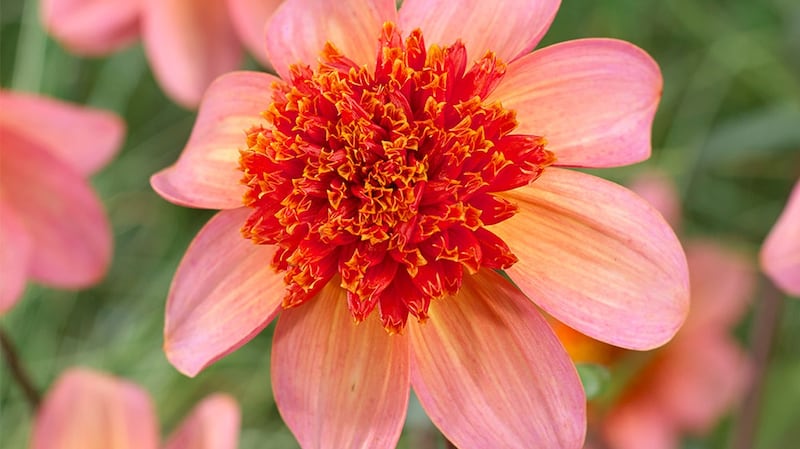
- Don’t pot on dahlia tubers just yet. Even if you can give them the protection of a glasshouse, polytunnel or bright porch, it’s still a little early to start these half-hardy summer-flowering perennials into growth without running the risk of their young foliage being scorched by a late spring frost, or the plants becoming pot-bound before you can safely plant them outdoors in early summer. So hold off until the second half of February and, even then, only pot on tubers that you can grow under cover.
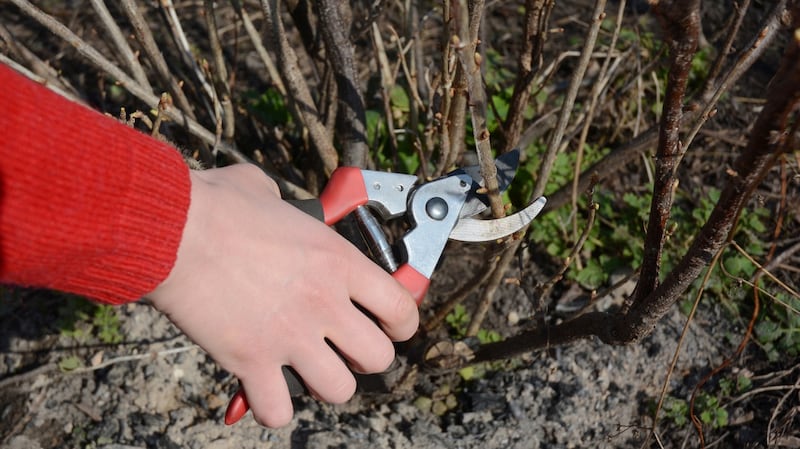
- Don’t head off with a secateurs and loppers to do a spot of enthusiastic pruning without first researching whether the plant you’ve decided to cut back should be pruned at this time of year, or even pruned at all. Because if you get it wrong, you risk removing the sort of precious new growth that’s vital for successful flowering and fruiting, which means waiting a whole year for plants to recover. As a rough guide, bear in mind that most deciduous shrubs that flower in spring and early summer generally do so on last year’s growth and should be pruned immediately after flowering. But those that flower later in the year generally do so on the growth made in spring and very early summer and should be pruned in late winter/early spring. Evergreen flowering shrubs, meanwhile, need little or no pruning other than to remove dead/damaged or diseased branches and to keep them in shape. Do this in mid-spring after the risk of hard frosts has passed. If it’s a spring-flowering species, wait until just after the flowers have finished. Also bear in mind that many kinds of roses should be pruned at this time of year (for example, climbers, hybrid teas, modern shrub roses) but not all kinds (not, for example, ramblers, ground cover and species-type roses). For detailed pruning advice on a wide range of plants, see rhs.org.uk
- Don’t plant sun lovers into deep shade. This one might sound obvious, but you’d be amazed by how even experienced gardeners, hurrying to get bare root plants in the ground in winter/early spring, can make the surprisingly easy mistake of planting sun-loving species into parts of the garden that are bright at this time of year, but are then plunged into the deep seasonal shade of deciduous trees and shrubs from spring leaf-burst until autumn leaf fall. Even trees some distance away can cast significant seasonal shade so carefully study their orientation before deciding on a suitable planting spot.
- Finally, we all love a bargain, but beware the temptations of cut-price supermarket plants that typically start to appear for sale at this time of year, many of which have spent their entire lives under cover and are completely unused to coping with the rigours of an average Irish winter. If you can’t resist buying them, don’t plant them outdoors straight away but place them in a very sheltered spot to become gradually acclimatised to the more challenging conditions of outdoors. If very cold weather is forecast, put them somewhere temporarily under cover until conditions improve.
This week in the garden
This is a good time of year to start rejuvenating any old overgrown deciduous hedges, that have become too large or untidy. But resist the urge to do it all in one go, as it could shock the plants and lead to die-back or even death. Instead, do it in staggered phases spread out over a number of years, cutting one side back hard this month, followed by the other side next year, followed by the top of the hedge in the third year.
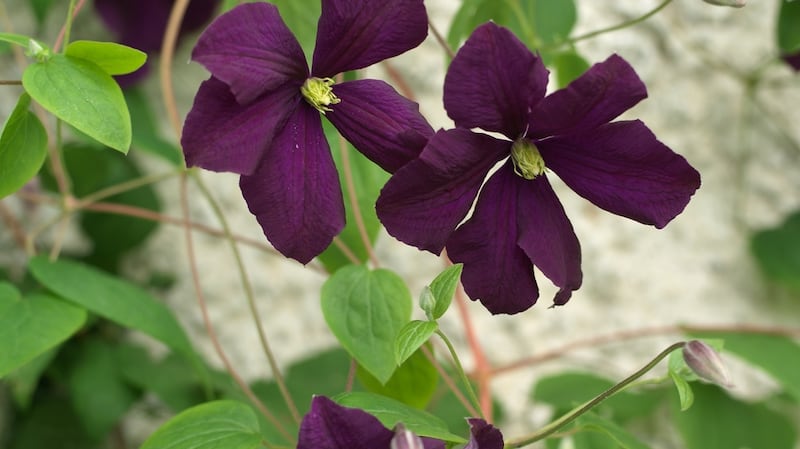
Some (but not all) species of clematis should be pruned back hard this month to the lowest pair of buds to encourage a good display of flowers later this year. Species suitable for this kind of late winter/early spring pruning belong to what’s known as Pruning Group 3 and includes varieties of the wonderfully resilient, late summer flowering Clematis viticella such as ‘Polish Spirit’, ‘Ville de Lyon’ and ‘Purpurea Plena Elegans’ as well as Clematis x triternata ‘Rubromarginata’. For best results, feed and mulch around the base of these decorative climbers in March.
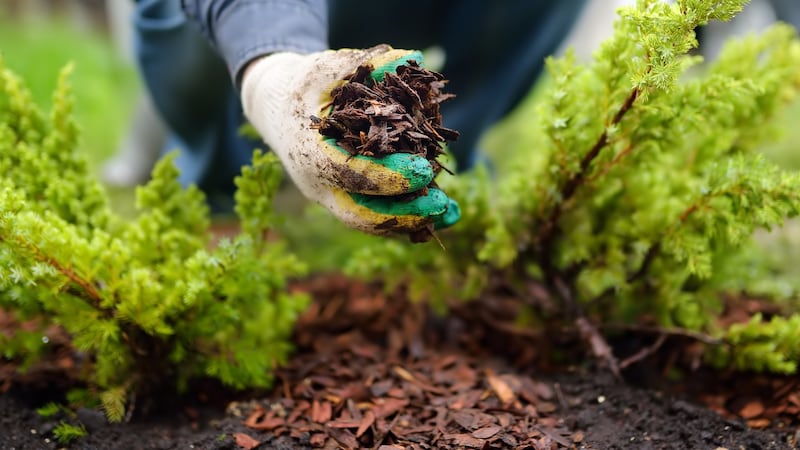
Dates for your diary
Saturday-Sunday, February 18th & 19th: Mount Venus Nursery, Walled Garden, Mutton Lane, Rathfarnham, Dublin 16, Hellebore Weekend, with a wide range of cultivars and selections for sale, see mountvenusnursery.com
READ MORE
Saturday, February 25th (8am-5.30am): Crowne Plaza Dublin Airport Hotel Conference Centre, Northwood Park, Santry, Co Dublin, the 2023 GLDA seminar, Letting Nature In, takes place with a line-up of guest speakers that includes Randal Plunkett, the film director, writer, producer and founder of Dunsany Nature Reserve; the author and landscape designer Mary Reynolds; the garden designer and lecturer Barry Kavanagh; and the Finnish landscape designer, horticulturist and environmental biologist Taina Suonio. Pre-booking essential, tickets from glda.ie (35-€125)
Sunday, February 26th (10am-6pm): Killruddery House & Gardens, Bray, Co Wicklow, How to Grow Your Own Cut Flowers Seasonally and Sustainably, a one-day hands-on workshop with the garden writer, horticulturist and flower-farmer-florist Fionnuala Fallon, pre-booking essential, see killruddery.com















